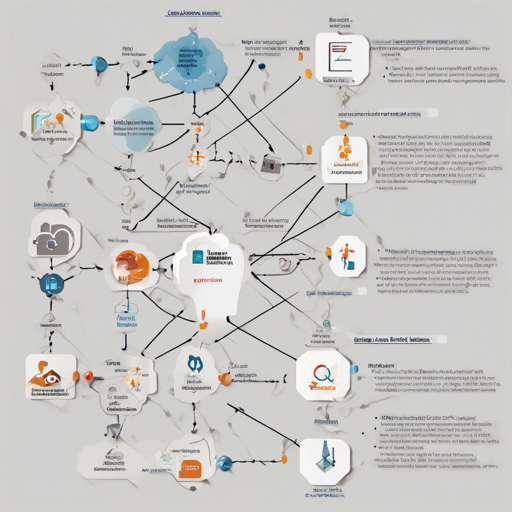In the world of Natural Language Processing (NLP), question-answering systems have spurred immense interest. With advancements in AI, leveraging models like bert-base-uncased for extractive question answering has never been easier. This guide will walk you through how to utilize the deepset/bert-base-uncased-squad2 model using the Haystack framework.
Overview
The deepset/bert-base-uncased-squad2 model operates under an extractive question-answering (QA) paradigm. This model has been trained on the SQuAD 2.0 dataset, enabling it to derive answers from given contexts. Here’s a snapshot of what you will be working with:
- Language Model: bert-base-uncased
- Training Data: SQuAD 2.0
- Evaluation Data: SQuAD 2.0
- Performance Metrics:
- Exact Match: 75.65%
- F1 Score: 78.62%
Setting Up Your Environment
To make use of this powerful model, you first need to install the necessary packages. The Haystack framework and its dependencies will serve as your toolkit.
pip install haystack-ai transformers[torch,sentencepiece]Usage in Haystack
With the setup complete, let’s run through how to implement this model in Haystack for question-answering tasks.
from haystack import Document
from haystack.components.readers import ExtractiveReader
docs = [
Document(content="Python is a popular programming language."),
Document(content="Python ist eine beliebte Programmiersprache."),
]
reader = ExtractiveReader(model="deepset/bert-base-uncased-squad2")
reader.warm_up()
question = "What is a popular programming language?"
result = reader.run(query=question, documents=docs)
# answers: [ExtractedAnswer(query="What is a popular programming language?", score=0.574, data="Python", ...)]
In this code:
- Imagine your brain as a library filled with books (documents). These books contain a variety of information.
- The model acts like a diligent librarian who can quickly find the exact answer to your questions by scanning the text in these books.
- When you ask, “What is a popular programming language?”, the librarian knows exactly where to look and can retrieve the relevant snippet of information, returning “Python” as the answer.
Using the Transformers Library
Alternatively, you can leverage the Transformers library directly. Here’s how to do that:
from transformers import AutoModelForQuestionAnswering, AutoTokenizer, pipeline
model_name = "deepset/bert-base-uncased-squad2"
# a) Get predictions
nlp = pipeline("question-answering", model=model_name, tokenizer=model_name)
QA_input = {
"question": "Why is model conversion important?",
"context": "The option to convert models between FARM and transformers gives freedom to the user."
}
res = nlp(QA_input)
# b) Load the model & tokenizer
model = AutoModelForQuestionAnswering.from_pretrained(model_name)
tokenizer = AutoTokenizer.from_pretrained(model_name)
By employing this method, you’re essentially asking the AI a question just like you would a human. The AI then provides a response based on the context it has been trained on.
Troubleshooting Tips
If you encounter any hiccups along the way, here are some troubleshooting ideas:
- Ensure Python and Pip versions are compatible with the libraries you’re installing.
- Check for any typos in the package names while installing.
- Ensure you have sufficient memory, especially if running on a local machine.
- If the model does not produce any results, test with simpler queries or shorter contexts.
- For more insights, updates, or to collaborate on AI development projects, stay connected with fxis.ai.
Conclusion
By following this guide, you should now be able to set up an extractive question-answering system using deepset/bert-base-uncased-squad2 and Haystack. This opens up numerous possibilities for building engaging AI applications.
At fxis.ai, we believe that such advancements are crucial for the future of AI, as they enable more comprehensive and effective solutions. Our team is continually exploring new methodologies to push the envelope in artificial intelligence, ensuring that our clients benefit from the latest technological innovations.

